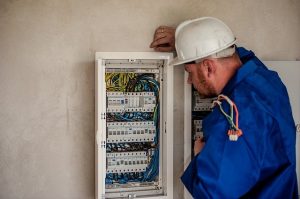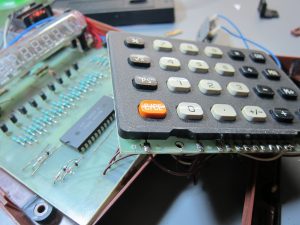Why Your Mini Split Copper Line Set Might Be Failing You Right Now

In any ductless mini split system, the copper line set plays a critical role in ensuring efficient refrigerant flow between the indoor and outdoor units. While it may seem like a simple pair of tubes, its design, material quality, and installation precision directly impact system performance, energy efficiency, and lifespan. For More Knowledge:Click here!
Unfortunately, many line sets underperform long before homeowners realize there is a problem.
Understanding the Function of a Mini Split Copper Line Set
A copper line set consists of two refrigerant lines:
Suction line — carries low-pressure refrigerant vapor back to the compressor.
Liquid line — delivers high-pressure liquid refrigerant to the indoor evaporator.
Both must maintain precise refrigerant temperatures and pressures to ensure the system operates at peak efficiency. Even minor issues with these lines can create significant performance losses.
Common Causes of Copper Line Set Failure
1. Degraded or Inadequate Insulation
Over time, UV exposure, weather conditions, and physical wear can break down insulation. Poor insulation allows heat gain or loss, disrupting refrigerant temperature control and forcing the system to work harder. copper line set
2. Corrosion and Pinhole Leaks
Environmental factors — especially in coastal or high-humidity regions — accelerate copper oxidation. This can lead to microscopic leaks that gradually reduce system charge and efficiency.
3. Improper Bending or Kinking
Copper is malleable, but excessive bending or sharp angles during installation can restrict refrigerant flow. This restriction increases compressor strain and reduces cooling or heating capacity.
4. Contamination During Installation
Moisture, dirt, or other particulates introduced into the lines during installation can cause long-term damage to the compressor and valves.
Performance Red Flags to Monitor
A failing copper line set can cause:
Noticeable drop in cooling or heating output.
Unexplained spikes in energy bills.
Ice buildup on lines or coils.
Unusual hissing or gurgling sounds from refrigerant flow.
These symptoms indicate a refrigerant circulation problem that should be addressed immediately to prevent major system damage.
Why High-Quality Copper Matters
Not all copper line sets are created equal. For mini split applications, Type L seamless copper tubing with a smooth internal surface provides superior durability, reduced leak potential, and optimal refrigerant flow. Pairing this with thick, UV-resistant closed-cell insulation significantly improves energy retention and system reliability.
Professional Recommendations for Longevity
Select the correct tubing size according to manufacturer specifications to prevent refrigerant velocity issues.
Use nitrogen purging during brazing to prevent oxidation inside the tube walls.
Avoid excessive line length to reduce refrigerant charge inefficiencies.
Replace old line sets when installing a new system rather than reusing existing ones.
When installed and maintained correctly, a copper line set should last as long as the mini split system itself — often 12–15 years or more. Want more information:https://www.plumbingsupplyandmore.com/3-8-x-7-8-x-50-copper-line-set-174961.html
Final Word
While mini split systems are known for their efficiency, a compromised copper line set can erase those benefits quickly. Proactive inspections, quality materials, and precise installation are the keys to preventing performance loss and unnecessary repair costs.
For high-grade copper line sets and accessories, Plumbing Supply and More offers a wide selection of professional-grade options designed for long-term reliability. Investing in the right line set now ensures your system operates at maximum efficiency for years to come.





